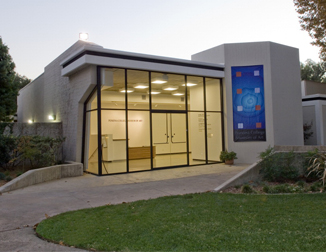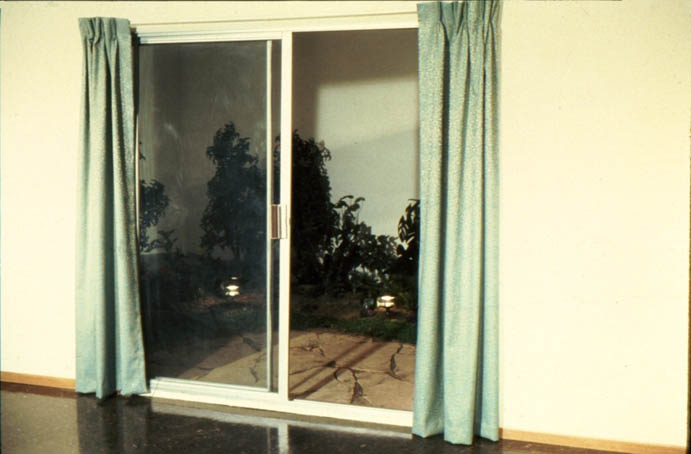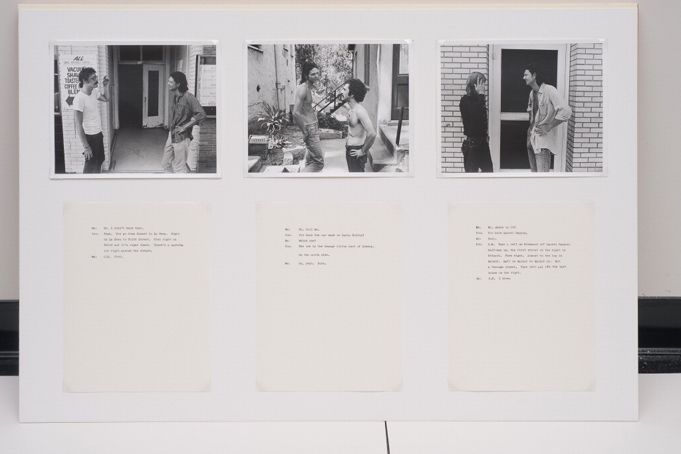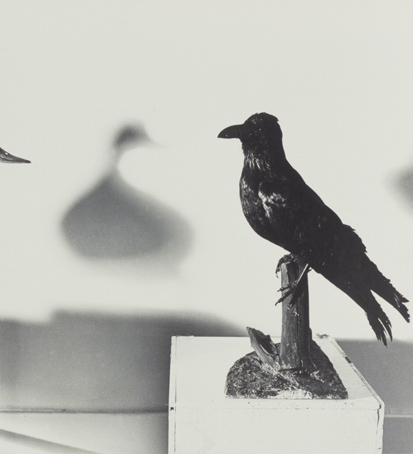

Pomona College Museum of Art
It Happened at Pomona: Art at the Edge of Los Angeles, 1969-1973, Part 2: Helene Winer at Pomona
*Please note that this exhibit is closed over the holidays from December 23 through January 2
From 1969 to 1973, a series of radical art projects took place at the far eastern edge of Los Angeles at the Pomona College Museum of Art. Here, Hal Glicksman, a pioneering curator of Light and Space art, and Helene Winer, later the director of Artists Space and Metro Pictures in New York, curated landmark exhibitions by young local artists who bridged the gap between post-Minimalism and Conceptual art and presaged the development of post-Minimalism in the later 1970s. Artists such as Michael Asher, Lewis Baltz, and Allen Ruppersberg formed the educational backdrop for a generation of artists who spent their formative years at Pomona College, including alumni Mowry Baden, Chris Burden, and James Turrell. It Happened at Pomona is a three-part exhibition, with public events and a publication, which documents a transformative moment for art history.
Part 2: Helene Winer at Pomona focuses on the cutting edge curatorial programs that Winer presented from 1970 through 1972. Winer championed a group of artists who were channeling the experiential qualities of Minimalism and post-Minimalist sculpture into performance art, video, and, conceptual photography. Artists include Bas Jan Ader, John Baldessari, Chris Burden, Ger van Elk, Jack Goldstein, Joe Goode, Hirokazu Kosaka, William Leavitt, John McCracken, Ed Moses, Allen Ruppersberg, Wolfgang Stoerchle, William Wegman, and John White.

Claremont, CA 91711









